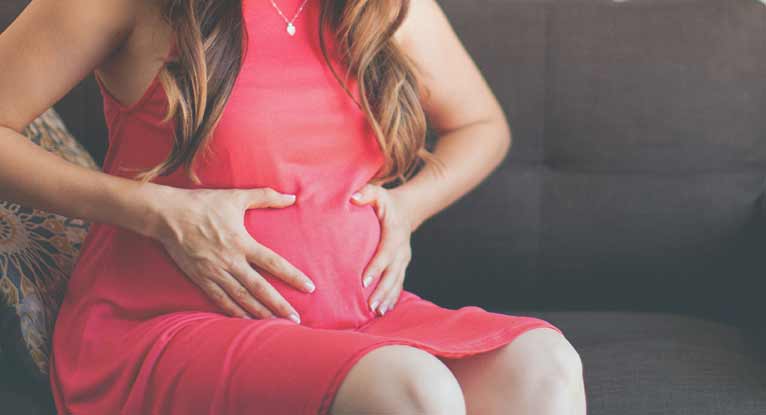
Uterine fibroids are non-cancerous tumors that grow from the muscular layers of the uterus. These benign smooth muscle growths can vary from the dimensions of a bean to as large as a melon.
They are also referred to as leiomyomas and myomas.
Fibroids affect about 30 percent of all women at the age of 35, and 20 to 80 percent at the age of fifty.
They usually develop between the ages of 16 to 50 years. These are the reproductive years during which estrogen levels are higher.
Quick facts about fibroids:
Here are some key points about fibroids. More information is within the main article.
Fibroids are more common during the reproductive years.
It is not clear exactly why they form, but they appear to develop when estrogen levels are highest.
Most people don’t experience symptoms but can include back pain, constipation and excessive or painful uterine bleeding that results in anemia.
Complications are rare, but they will be serious.
There are four sorts of fibroids:
Intramural: this is often the foremost common type. An intramural fibroid is embedded within the muscular wall of the uterus.
Subserous fibroids: they extend beyond the wall of the uterus and grow within the outer layer of surrounding uterine tissue. they will become pedunculated fibroids, where the fibroid features a stem and may become quite large.
Submucosal fibroids: this sort can push into the uterus cavity it’s usually found within the muscle under the inner lining of the wall.
Cervical fibroids: Cervical fibroids are rooted within the cervix, referred to as the cervix.
The classification of a fibroid depends on its location within the uterus.
symptom
About 1 in 3 women with fibroids will experience symptoms.
These may include:
- heavy and painful periods also referred to as menorrhagia
- anemia for heavy periods
- lower back pain or leg pain
- constipation
- discomfort within the lower abdomen, especially within the case of huge fibroids
- frequent urination
- pain during intercourse referred to as dyspareunia
- Other possible symptoms include:
- labor problems
- pregnancy problems
- fertility problems
- repeated miscarriages
- If the fibroids are large, there can also be weight gain and swelling within the lower abdomen.
Once a fibroid develops, it can still grow until menopause. As estrogen levels fall after menopause, the fibroid will usually shrink.
Follow Us